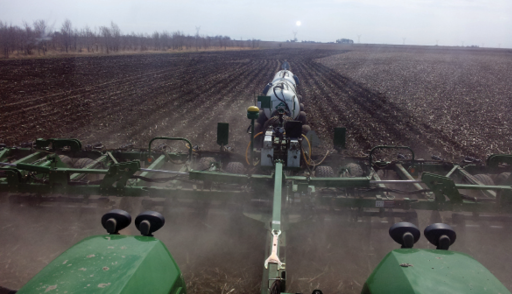No-Till Farmer
Get full access NOW to the most comprehensive, powerful and easy-to-use online resource for no-tillage practices. Just one good idea will pay for your subscription hundreds of times over.

Faced with expensive fertilizer prices, fickle weather and the threat of activist regulators, no-tillers are using nitrogen stabilizers and other nutrient enhancements more than ever to avoid the losses between application and crop uptake.
Higher fertilizer costs make over-application an expensive way to compensate for nitrogen loss.
“Nowadays, the amount you spend on fertilizer is a number to be reckoned with,” says Edwardsport, Ind., no-tiller Jason Misiniec.
Educating farmers on spending fertilizer dollars wisely is the focus of University of Missouri agronomist Peter Scharf. He emphasizes that nitrogen stabilizers are just part of a nutrient-management system that includes a host of agronomic practices.
“Everything comes down to making sure there’s adequate nitrogen there when the corn needs it and not lost to the water or the air,” he says.
Scharf cautions that results vary with stabilizers and some may not warrant the extra investment.
He advises no-tillers to be skeptical of unscientific trials and suggests they utilize university-based research to facilitate decision making. Even better, farmers should consider conducting their own onfarm testing that includes at least three side-by-side comparisons to help assess product performance.
“First, understand what the product does, if it’s cost-effective and if it addresses your situation. Nothing is bullet proof,” he says. “Don’t adopt the mentality that you’ve bought a stabilizer and now you’re protected.
“Weather and timing are still important. Any product can, to some extent, be overpowered by weather conditions — especially in late spring, right ahead of when your corn…